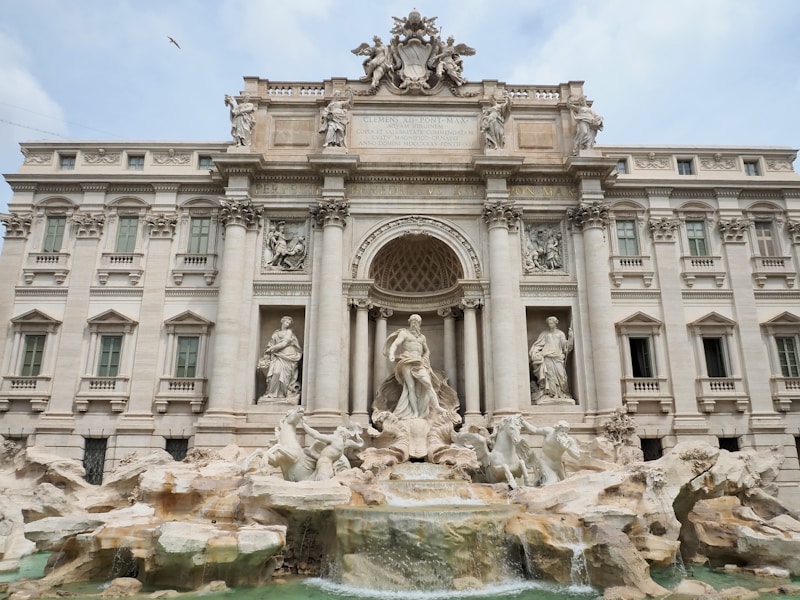9 Questions
What is opera seria?
Which style of opera was a popular rival to opera seria?
Who were some of the acclaimed composers of opera seria?
What musical convention did opera seria build upon?
How many musical movements would a typical opera seria contain?
Who were the leading singers in opera seria?
What did Gluck do differently in his opera Orfeo ed Euridice?
What was the role of opera seria in society?
What happened to opera seria with the rise of egalitarian republics in Italy?
Summary
Overview of Opera Seria
- Opera seria refers to the "serious" style of Italian opera that was popular in Europe from the 1710s to about 1770.
- The popular rival to opera seria was opera buffa, the 'comic' opera that took its cue from the improvisatory commedia dell'arte.
- Acclaimed composers of opera seria included Antonio Caldara, Alessandro Scarlatti, George Frideric Handel, Antonio Vivaldi, Nicola Porpora, Leonardo Vinci, Johann Adolph Hasse, Leonardo Leo, Baldassare Galuppi, Francesco Feo, Giovanni Battista Pergolesi, and in the second half of the 18th century Christoph Willibald Gluck, Niccolò Jommelli, Tommaso Traetta, Josef Mysliveček, Joseph Haydn, Johann Christian Bach, Carl Heinrich Graun, Antonio Salieri, Antonio Sacchini, Giuseppe Sarti, Niccolò Piccinni, Giovanni Paisiello, Domenico Cimarosa, and Wolfgang Amadeus Mozart.
- Opera seria built upon the conventions of the High Baroque era by developing and exploiting the da capo aria, with its A–B–A form.
- A typical opera seria would contain not more than thirty musical movements.
- The leading singers each expected their fair share of arias of varied mood, be they sad, angry, heroic, or meditative.
- The age of opera seria corresponded with the rise to prominence of the castrati, often prodigiously gifted male singers who had undergone castration before puberty in order to retain a high, powerful soprano or alto voice backed by decades of rigorous musical training.
- After peaking during the 1750s, the popularity of the Metastasian model began to wane. New trends, popularized by composers such as Niccolò Jommelli and Tommaso Traetta, began to seep into opera seria.
- Beginning with Orfeo ed Euridice (1762), Gluck drastically cut back on the possibilities for vocal virtuosity afforded to singers, abolished secco recitative (thereby heavily reducing the delineation between aria and recitative), and took great care to unify drama, dance, music, and theatrical practice in the synthesis of Italian and French traditions.
- Gluck paid great attention to orchestration and considerably increased the role of the chorus: he also cut back heavily on exit arias.
- With a few exceptions, opera seria was the opera of the court, of the monarchy and the nobility.
- With the French Revolution came serious political upheavals across Italy, and as new, more egalitarian republics were established and old autocracies fell away, the Arcadian ideals of opera seria seemed increasingly irrelevant.
Description
Test your knowledge of the grand era of Italian opera with our Opera Seria quiz! From the rise of the castrati to the decline of the Metastasian model, this quiz covers the key composers, conventions, and innovations of the genre. See if you can identify the leading figures of opera seria and their signature works, as well as the composers who challenged and transformed the style. Whether you're a seasoned opera buff or a newcomer to the genre, this quiz offers a fascinating glimpse into

